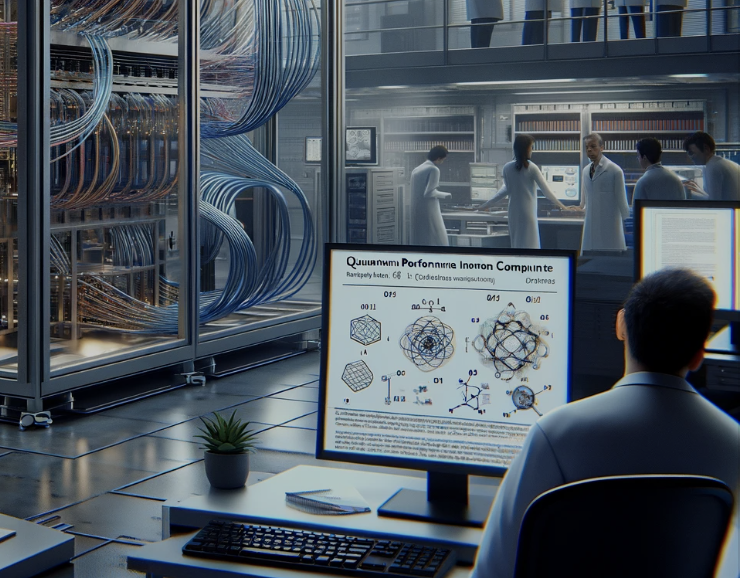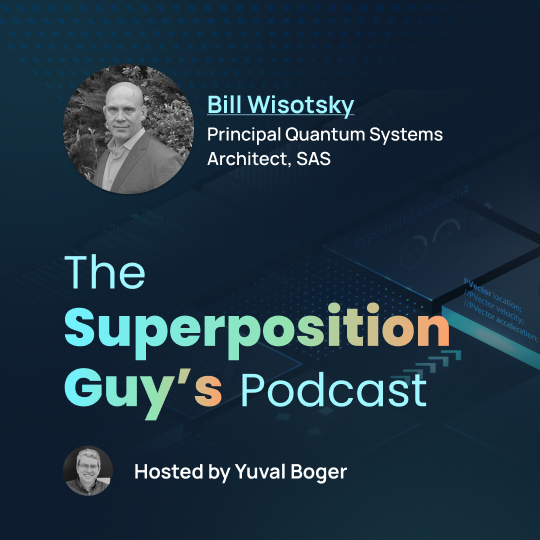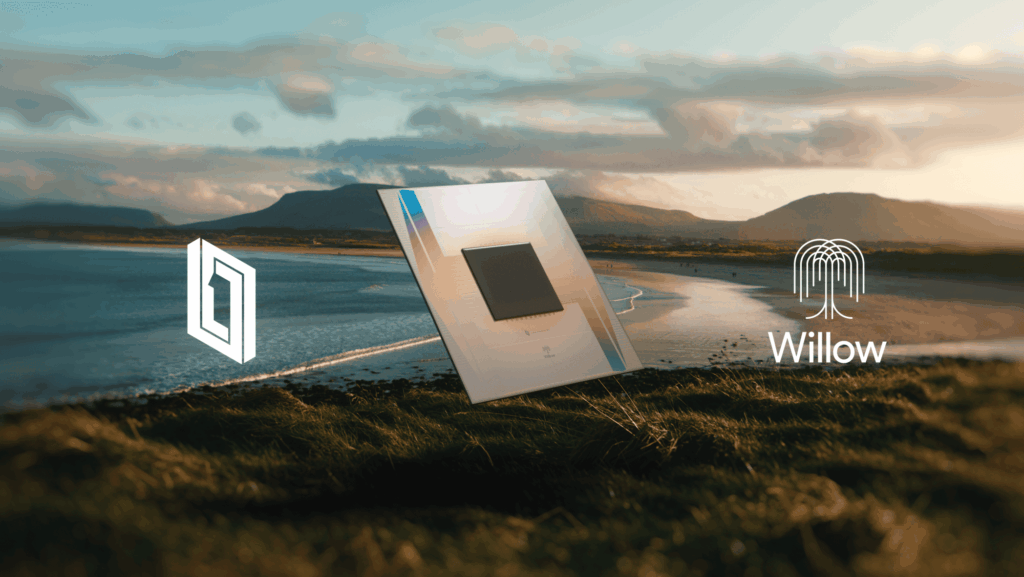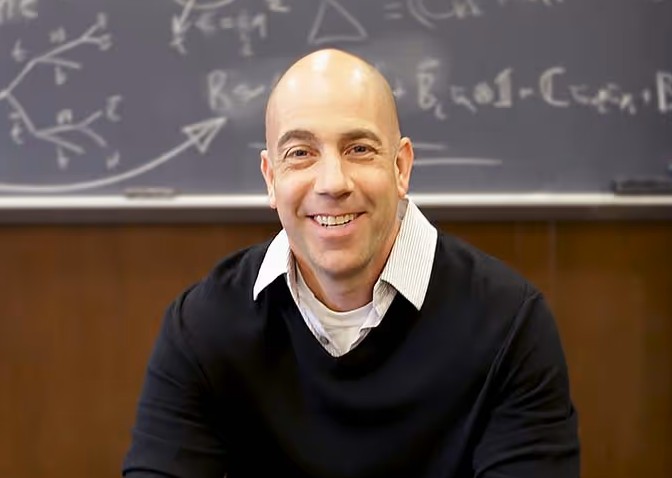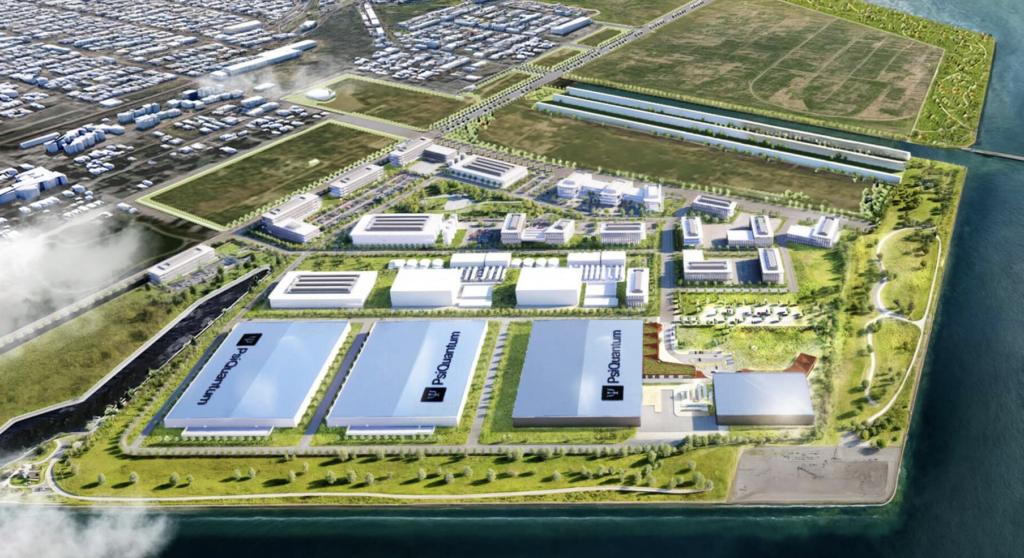Insider Brief
- U.S. based organizations received 87 patents covering quantum error correction and 56 patents that include logical qubit innovations.
- China notched 69 patents covering this key technology.
- A total of 117 patents have been issued to 30 inventors for work on logical qubits.
The United States — and US-based businesses — are leading in certain patents granted for innovations in quantum performance measures, such as quantum error correction and logical qubits, according to a search on The Quantum Insider’s Market Intelligence Platform.
 In the search, nearly 200 patents were issued that concerned quantum error correction in some way. Quantum error correction. Quantum error correction, or QEC, is a way to protect quantum information through the detection and correction of errors caused by decoherence, noise or operational inaccuracies. Quantum systems are highly sensitive to environmental interference, such as electromagnetic effects and heat, and reliable QEC could help quantum computers function efficiently and accurately at scale.
In the search, nearly 200 patents were issued that concerned quantum error correction in some way. Quantum error correction. Quantum error correction, or QEC, is a way to protect quantum information through the detection and correction of errors caused by decoherence, noise or operational inaccuracies. Quantum systems are highly sensitive to environmental interference, such as electromagnetic effects and heat, and reliable QEC could help quantum computers function efficiently and accurately at scale.
Of those patents on quantum error correction, U.S. based organizations received 87 patents covering quantum error correction. China had 69 patents covering this key technology.

IBM (12) and Alphabet (10) lead in granted patents for quantum error correction.
Tencent Holdings, a Chinese multinational technology company and holding company that provides internet-related services and products, has 8 patents on QEC. Leading institutions include Xidian University (9 patents), Korea University (5 patents) and Yale University (4 patents).
Trendwise, we see a gradual, but observable, increase in patents covering quantum error correction, particularly in the last three years. Currently, QEC patents issued in the first quarter of 2024 are about the same as the full-year output of quantum error correction patents during 2021.

Logical Qubits
A total of 117 patents have been issued to 30 organizations for work on logical qubits, considered a critical advance toward fault-tolerant quantum computing.
Of those, 56 were issued to US-based firms and institutions. Chinese organizations claimed 48 patents for logical qubits. Europe, Korea, Japan and Canada also made the list of nation’s with patents in logical qubits.
 D-Wave registered the most patents covering logical qubits of organizations in the search. The company has 8 patents that address logical qubits in some way. Korea’s National Research Council of Science and Technology notched six.
D-Wave registered the most patents covering logical qubits of organizations in the search. The company has 8 patents that address logical qubits in some way. Korea’s National Research Council of Science and Technology notched six.
Microsoft, which also had six logical qubit patents, followed by IBM and Classiq Technologies. Yale University was a leading institution with 5 patents. Baidu was the top Chinese organizations for logical qubit innovation with four patents.

Limitations
Of course there are limitations with any patent search to convey absolutely accurate statistics on intellectual property for quantum, or any industry. For example, not all companies will seek patent protection on IP. Also, the process to file and receive a patent is long and laborious, meaning not all IP would be included in a patent search and that the current analysis is merely a “snapshot in time”. Some statistics may not be accurate because some patent applications feature authors from multiple countries. In another limitation, many patents might not include the terminology of the search, but cover similar technological advances. Further, there are many measures of quantum performance not included in this analysis.
However, it is hoped that this analysis give the reader some idea of trends and an understanding of the relative leaders in the technological area, in this case, quantum technology and specifically quantum performance measures.

